
… discovered in Hohenems
On a sunny day in April the Jewish Museum Hohenems opened its gates for a new exhibition that poses a challenging question:
Is it possible to view the—according to Jewish, Christian, and Muslim tradition—“one and only God” as other than male?

In the biblical Book of Genesis 1:27, it says: “And God created man in His image, in the image of God He created him; male and female He created them.”
What is this idea of God about who appears as „us“ when it comes to the creation of men, a God creating man and woman together, before the „first Eva“ (later called Lilith) strangely disappears from the holy scriptures – because she did not want to follow Adams orders? – and a second one is created from his rib, now clearly meant to be not equal to him. What happened to the inherent pluralism, suppressed but never totally disappeared?
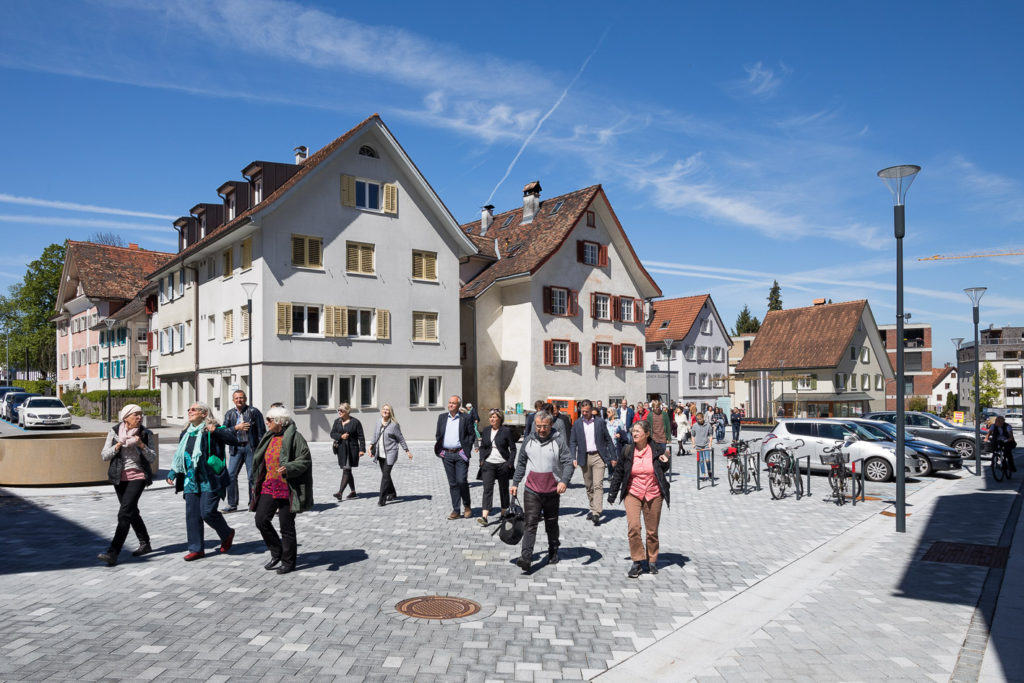
So we decided to confront the monolithic image of „God without image“ with surprisingly ambivalent insights into the creation of God and its conception as a male power. Working together with Felicitas Heimann-Jelinek and Michaela Feurstein-Prasser, the two curators from Vienna, with whom we already have a longstanding collaboration, was an intellectual adventure, discovering new dimensions. And the enthusiastic coverage the exhibition received so far, proved that endeavor being fruitful.
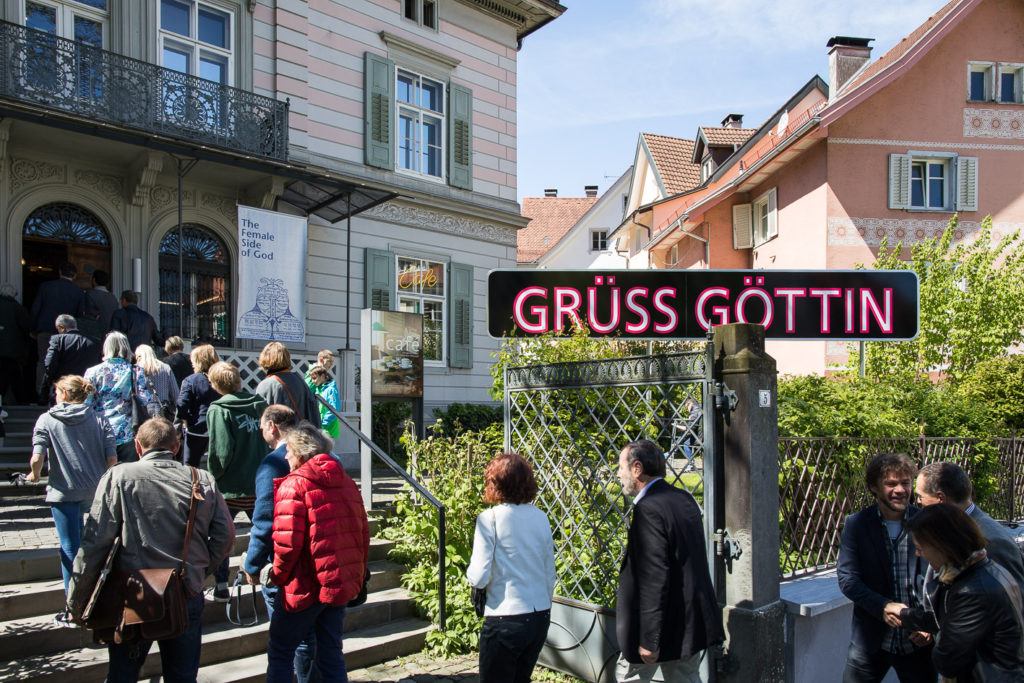
The exhibition „The Female Side of God“ —a project of the Jewish Museum Hohenems in cooperation with the Museum of the Bible, Washington DC, and the Jewish Museum Frankfurt am Main—thus takes a critical look at concepts of God in the Abrahamic religions. It also addresses the impact of these notions on traditional religious and social practice and the self-assertive attempts to break out of these roles.
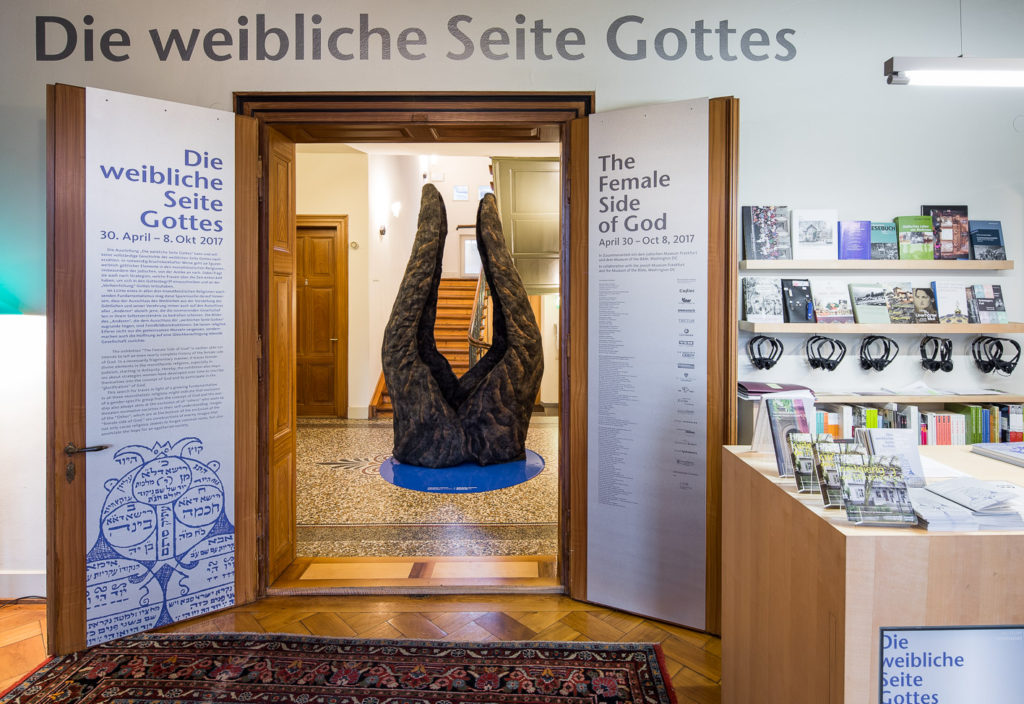
In the Ancient Near East, female deities were usually perceived in close conjunction with their male partners. And vice versa. This is also reflected in the formation of Yahwism. The old “Israel”, before the Babylonian Exile, was much less strictly monotheistic as regularly admitted. The prophets were not only fighting against the “idols” of other people and cultures, but particularly against the still vivid worshipping of a plurality of gods and goddesses among their “own people”. It took hundreds and hundreds of years till, already in Exile and long after the mythical heroes of Abraham and Moses, David and Salomon, the ideas of Judaism and the formulation of a “god without image” was codified. Judaism as we know it, was never a “states religion”. It was never meant for being in power.
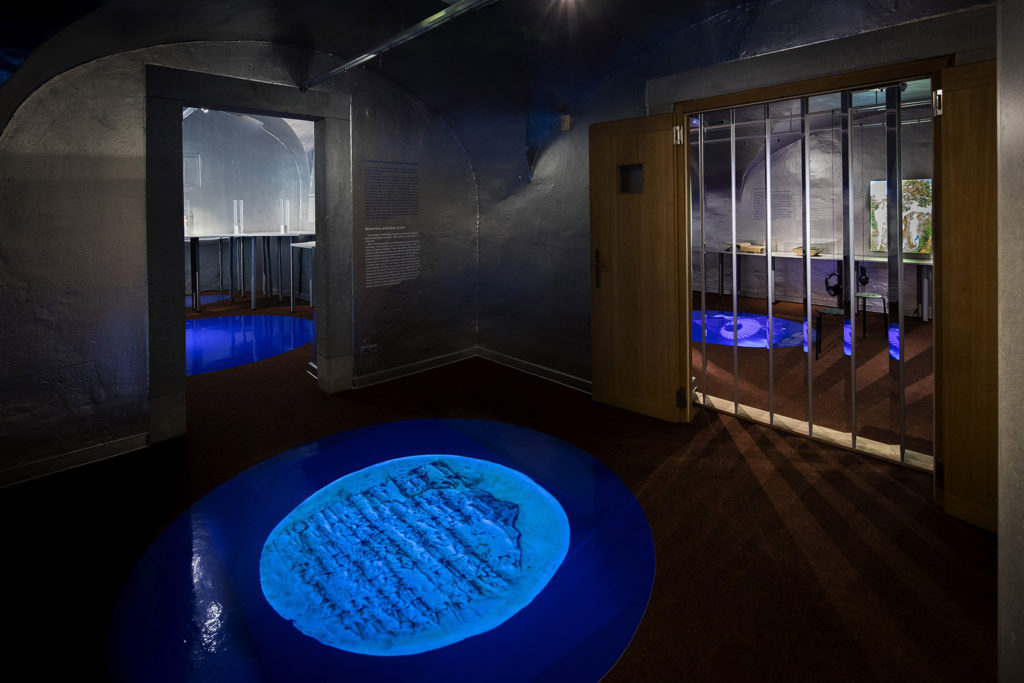
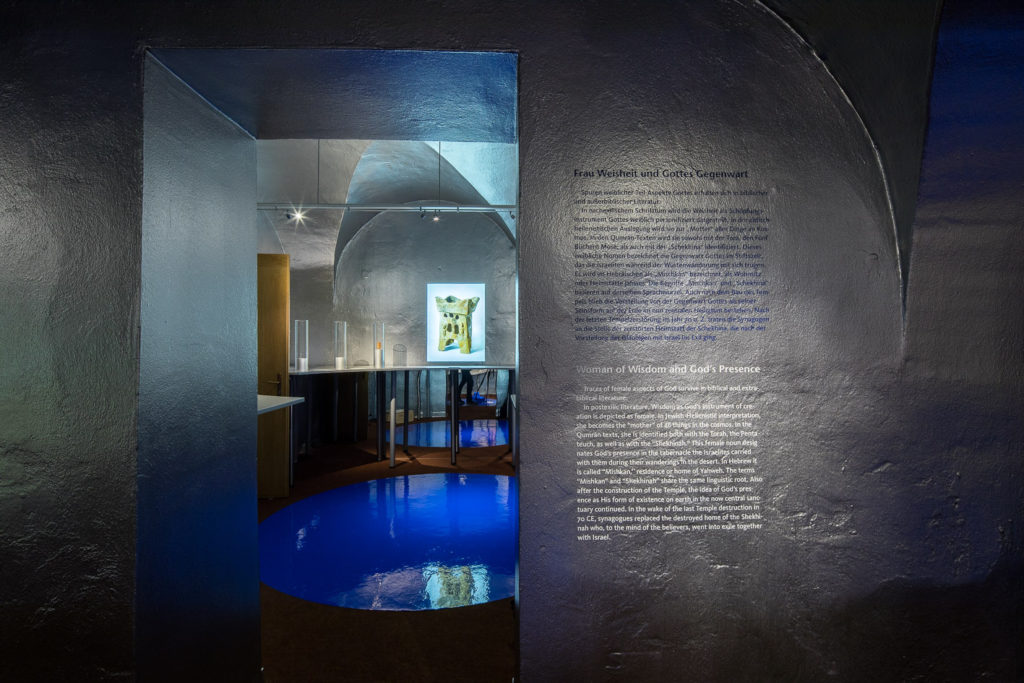
And although strict rejection of anthropomorphic images of God proscribed the question of concrete gender attribution, in the monotheistic world religions, the notion of God “the Lord” was clearly defined as male. And this male definition was even taken further by Christianity and Islam.
The possibility of a sexually—sometimes more, sometimes less—female-defined dimension of God still flashes up in the Hebrew Bible, in extracanonical writings, and in rabbinic literature. Especially in Jewish mysticism, it lives on explicitly—only to be rediscovered in the 20th century with momentous consequences.
The exhibition casts a glance at the sources that generated the monotheistic notion of God, at its cultural tradition in writing and imagery. It scrutinizes ideas of the female as negative antithesis to the male, and presents Jewish and other women who have been and still keep searching for their own dimensions of the divine—also in their artistic examinations of traditional notions of God in Judaism, Christianity, and Islam.
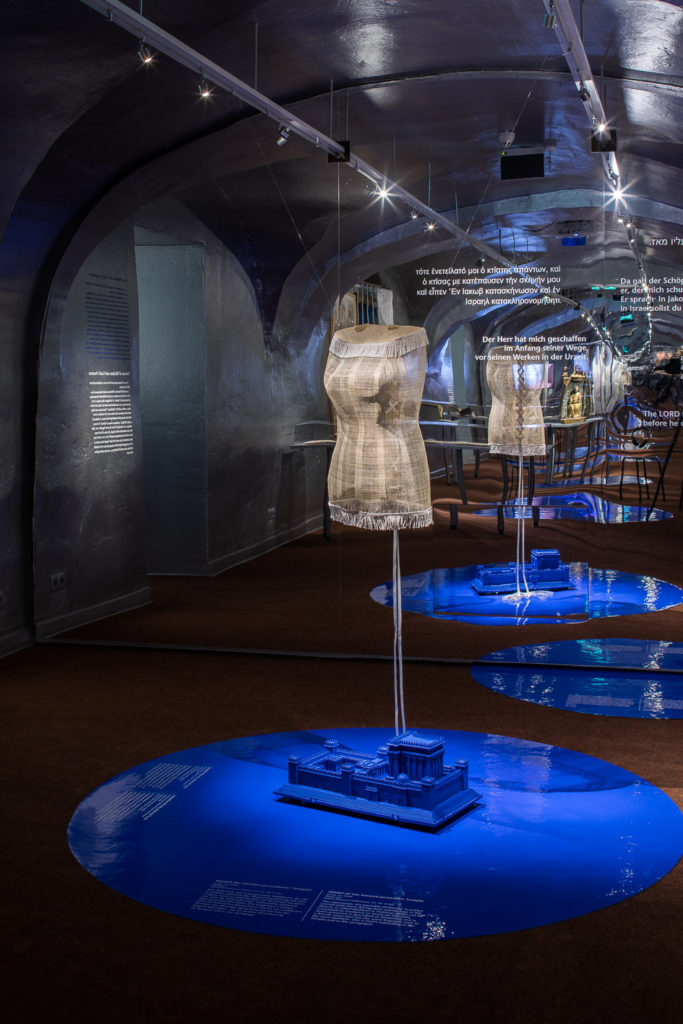
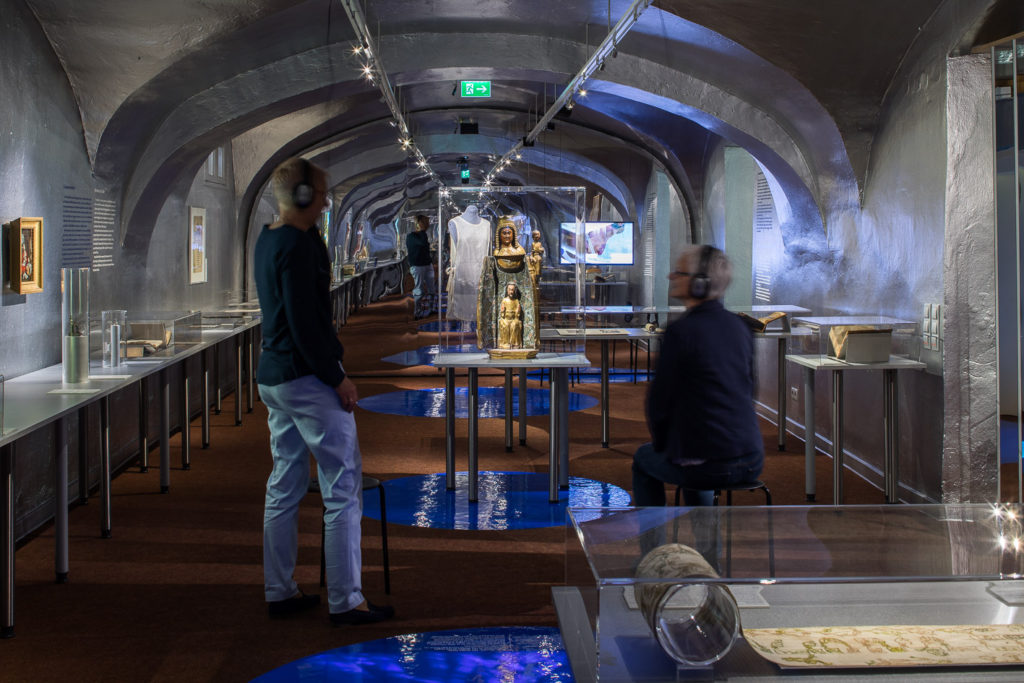
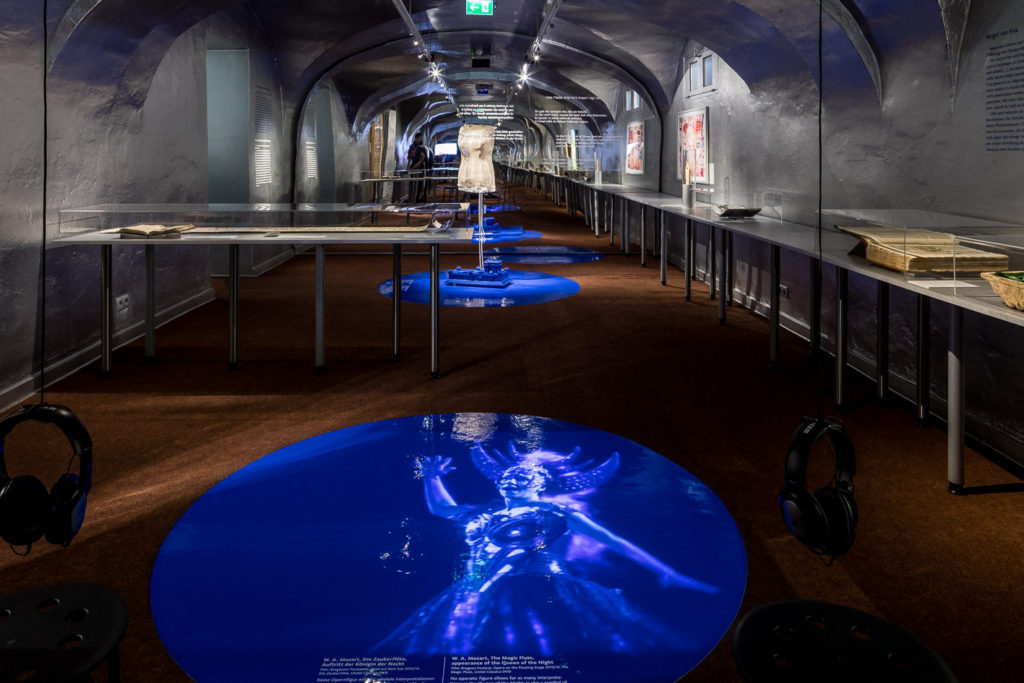
The exhibition, magically designed in silver and blue by Martin Kohlbauer, is after all not about theory, but a joyful, sensual and intellectual voyage of discovery: to the goddess Aschera, the old Israelites offered too, whatever their prophets and leaders thought about it, to a statue of Maria, covering God in her womb. From the demonized Lilith, who was turned into the image of a female snake, either trying to kill the Jewish newborns, or to seduce Eva with the apple – reaching to kabbalistic attempts to portray (and heal) the order of the world, of God in its male and female emanations, to reassemble the sparks of the divine, exiled in the world. And also to the practice of women trying to engage themselves in the service of God, whatever men would say about it. Not to forget the poignant comments on all that by contemporary female artists, who open up the discourse to our own fantasies and thoughts.
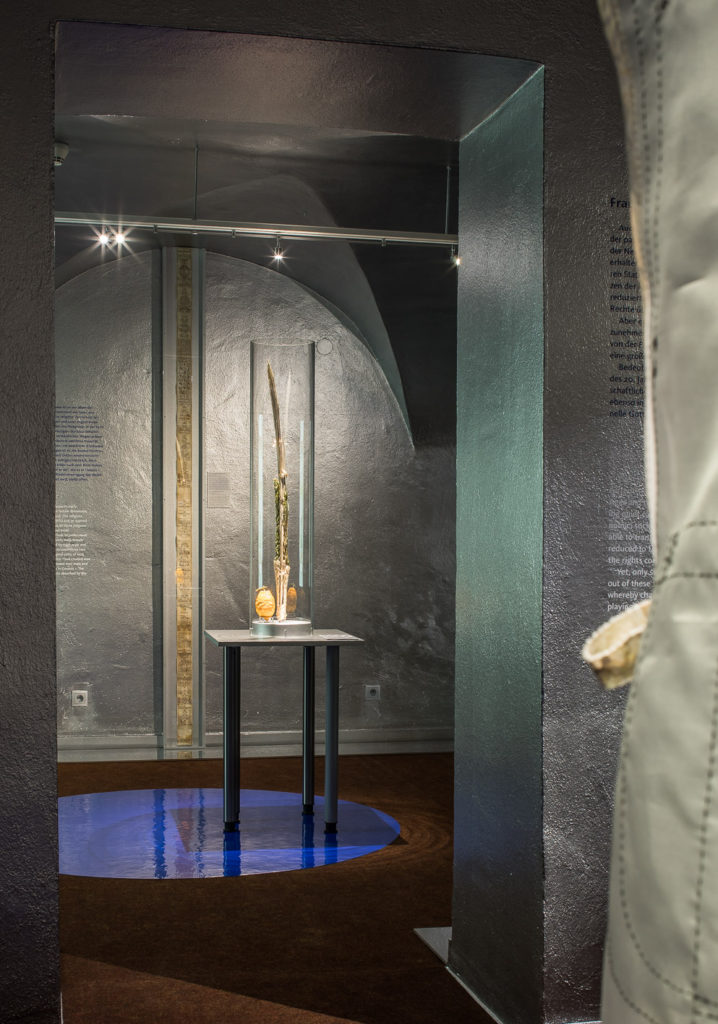
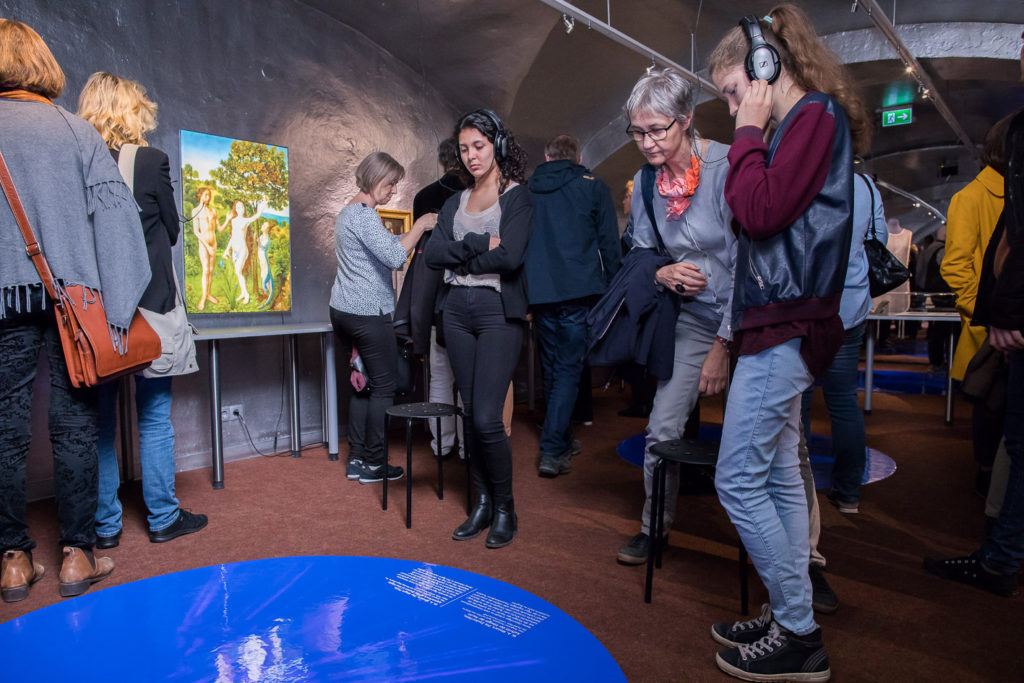
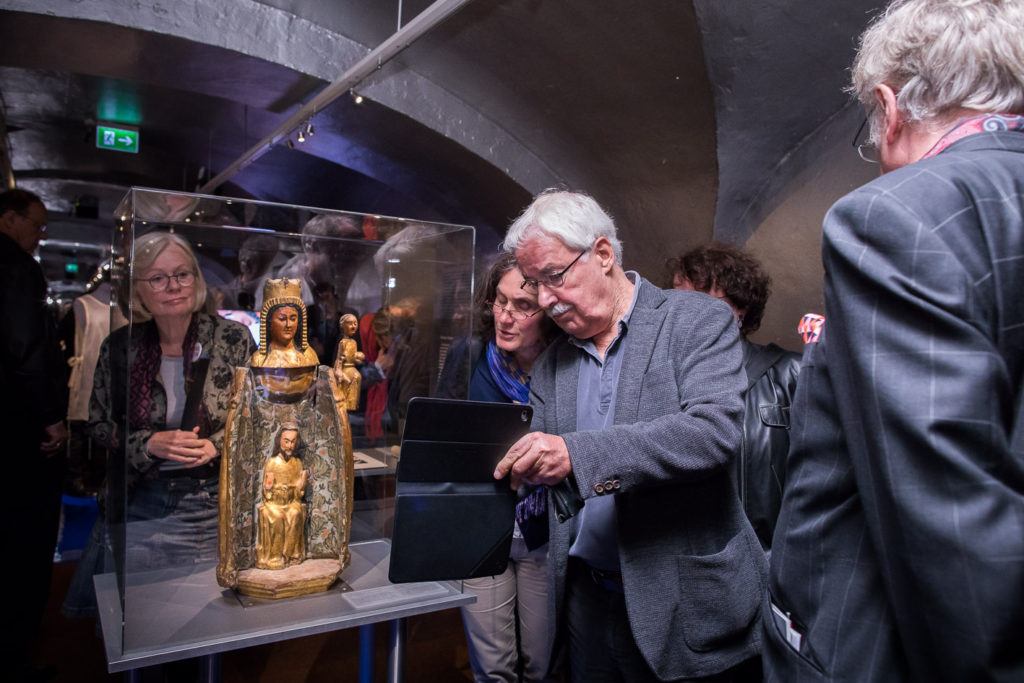
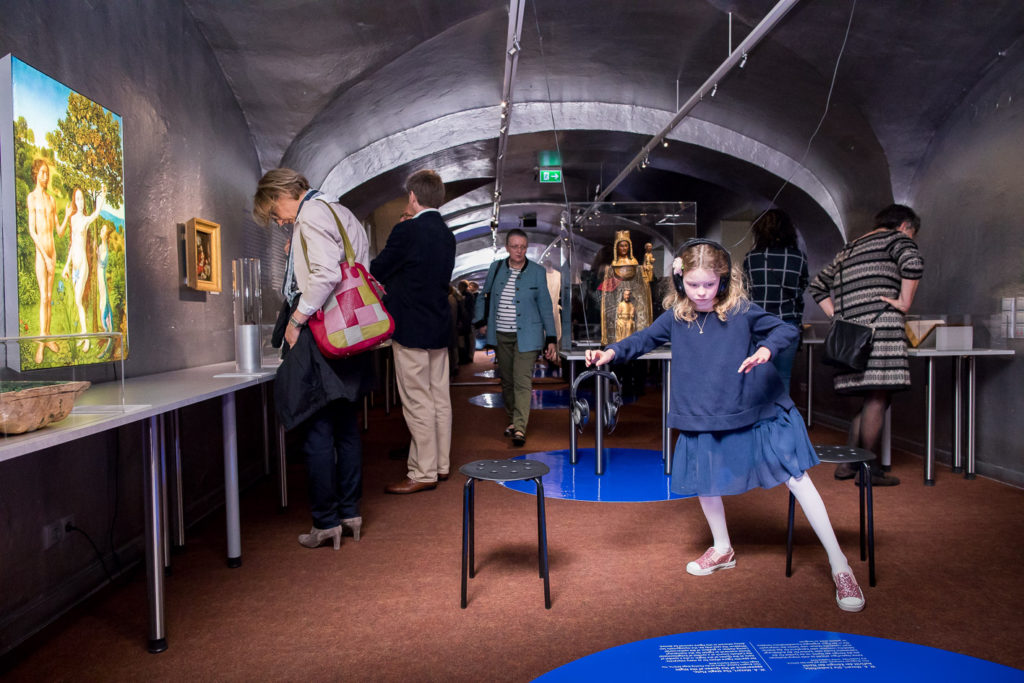

Behind the overt theme of gender the exhibition, and this became clear more and more in the process of the making, is not only questioning the role of the sexes in the idea of God, that support the positions of power and the control of resources in religion and society. It also sheds light on the growing fundamentalism in all three monotheistic religions. It asks naughty questions about how religions define the “other” by excluding “the female side of God”, how images of enemies are possible, how religious zealots of all “tribes” forget the common roots and kill the hope for an egalitarian society.
Rabbi Bea Wyler – in her inspiring opening speech – brought that all down to her Jewish upbringing and her own discovering of spiritual dimensions by asking insistent questions, step by step dismantling her initial image of God, that so much resembled the performance of her dentist, a bearded and all-knowing male power, who was definitely also causing pain.
More information you find online, also about the catalogue, beautifully designed by Roland Stecher and Thomas Matt. Enjoy!

This looks absolutely fascinating. Will the exhibition still be on at the time of the descendants reunion next summer?
Yes indeed, the show is waiting for you!!!
Congratulations! brilliant, so interesting, and the exhibition space museum looks so great and different.
Galia Gur Zeev
Fascinating
Can’t wait to see it at the Descendants Reunion